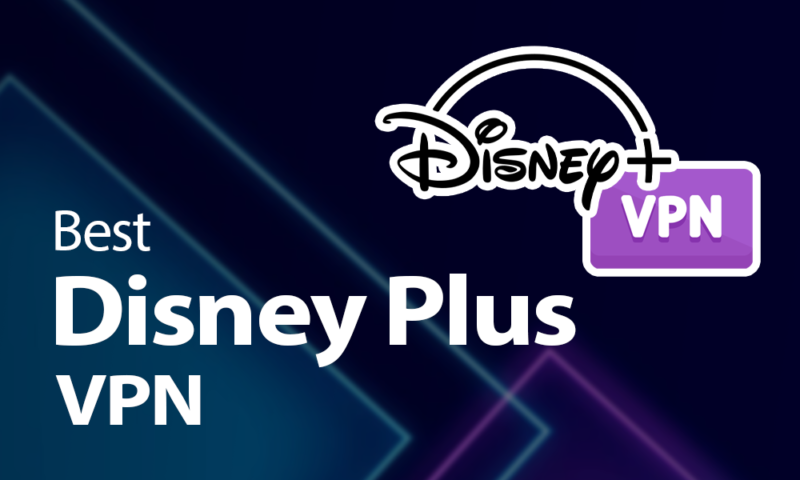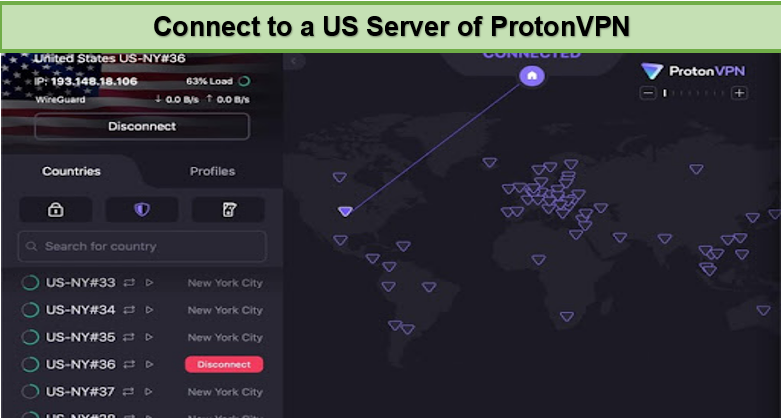

Originally, VPN technology was aimed at evading firewalls, spoofing snoopers, or simply avoiding mass surveillance. Finally, they shield your internet data with bank-grade encryption.Īnd obviously, VPNs are different than proxies, which only work at the application level and aren’t that privacy-oriented. In addition, they act as your DNS server. Simply put, a VPN masks your internet protocol (IP) address with its own. And by all means, whatever happens under the hood is indeed pure geeky stuff.

But unlike typical multi-hop implementations, Secure Core is a one-click affair where you choose the exit country and have minimal options for the first connection.The word ‘Virtual Private Network (VPN)’ sounds very technical. Secure Core is a multi-hop VPN connection where it uses two VPN connections before exposing you to the open internet. The Secure Core feature is for Plus and Visionary subscribers only, for example. ProtonVPN offers a number of extras depending on which level of service you have. Below the map you’ll see connection information such as session duration, up and down bandwidth volumes and speeds, as well as a bandwidth graph. Once you’ve connected, the map transforms showing a line to your virtual location and the home symbol at the top center of the map.

If you see a “P” in a square next to a server that means its available only to premium subscribers there are also TOR servers, and the symbol with two arrows indicates the server supports P2P file sharing. You can also hover over the circle to find out the capacity measured as a percentage. There’s a circle with a green indicator for each server showing its current capacity. This will show you all the server options for that location. For a deep dive into the country-specific servers, click on the downward-facing arrow to the right of each country in the list.


 0 kommentar(er)
0 kommentar(er)
